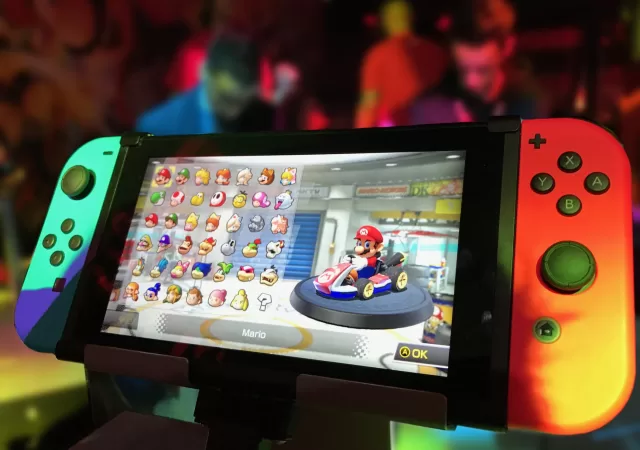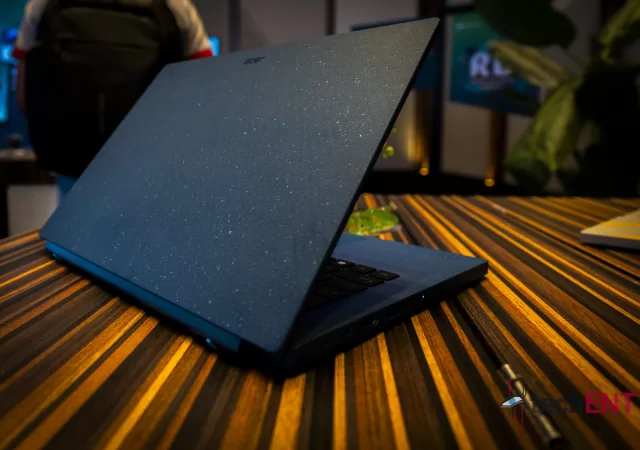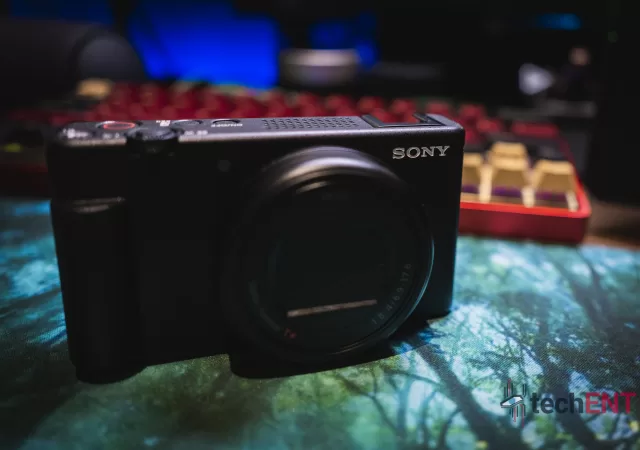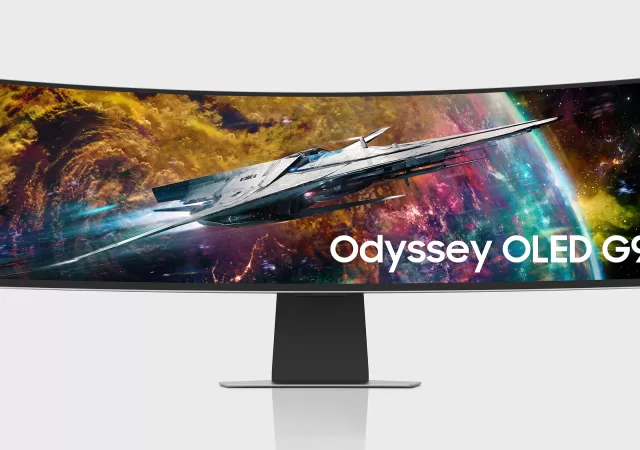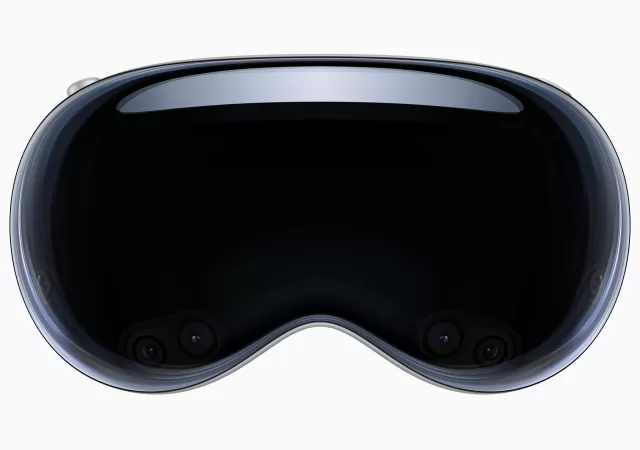WhatsApp is retired their old Desktop app on Windows devices in favour of their native WhatsApp app for Windows.
The New Acer Aspire Vero 14 Now Comes in Blue for Just MYR 2,599
Acer launches the new Aspire Vero 14 with Intel’s latest 13th generation Core i7 in Malaysia at MYR 2,599 onward.
24 Hours with the Sony ZV-1 II – It’s Great, But Not MYR 3,999 Great
Sony released the Sony ZV-1 II not too long ago at MYR 3,999. Its few added features and functions may not justify its asking price though.
The Acerpure Aqua WP1 Launches in Malaysia for MYR 3,599 – Nope, That’s It, It’s Plug and Play
Acerpure launches their latest Aqua WP1 water purifier in Malaysia at MYR 3,599. The Aqua WP1 does not require a complex piping system.
Samsung’s Odyssey OLED G9 is Finally Available Soon, Starting with South Korea and the United States
Samsung has finally released the Odyssey OLED G9 for the South Korean and soon US markets at KRW 2.7 million.
Nice Xbox Series S, does it Come in Black? It Only Comes in Carbon Black, and 1TB Storage.
Microsoft launches the Xbox Series S in Carbon Black and 1TB SSD option now, available in September 2023 for US$ 349.99.
[WWDC 2023] The New Apple MacBook Air Now Comes in a 15-inch Variant
Apple launches the 15-inch MacBook Air in WWDC 2023 packing a larger 15.3-inch Retina Display to make the thinnest 15-inch laptop in the world
[WWDC 2023] The Apple Vision Pro – The Apple Computer on Your Face
Apple introduces the Vision Pro, the first ever “spatial computing” experience in the world for a cool US$ 3,499.




